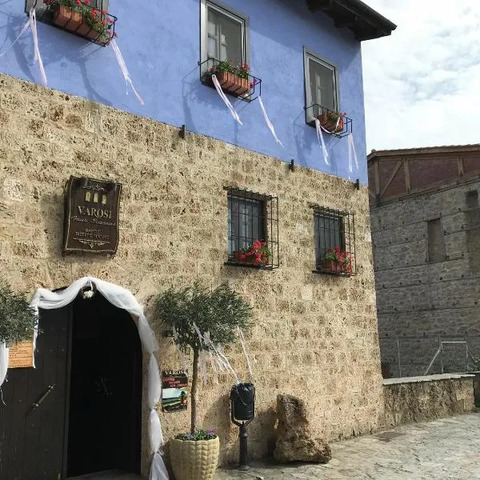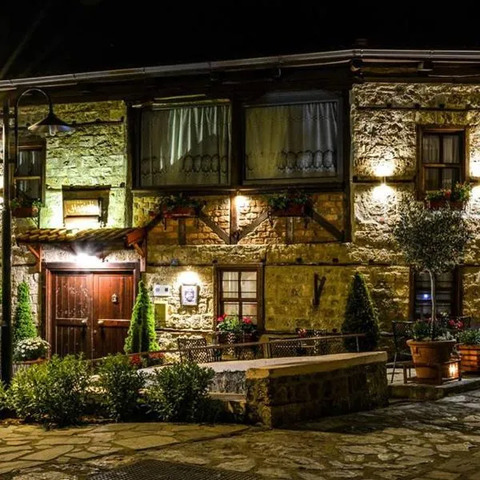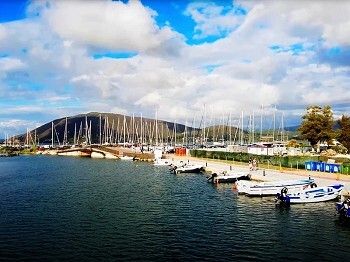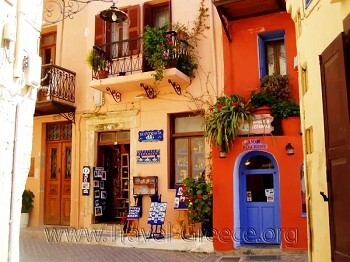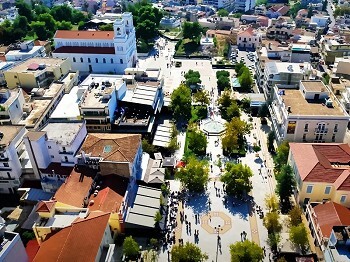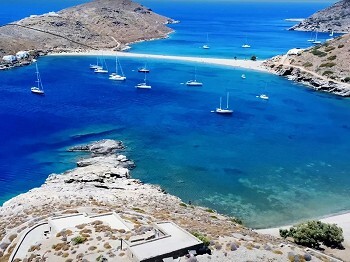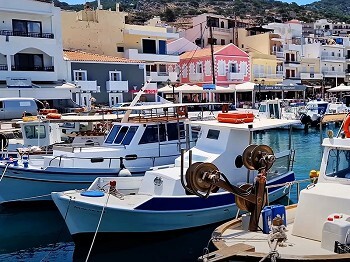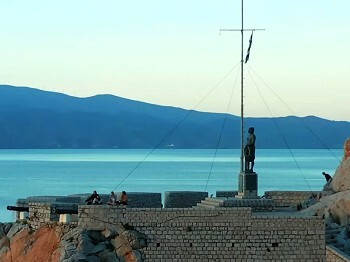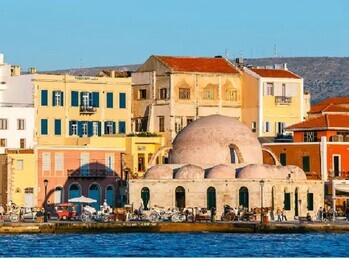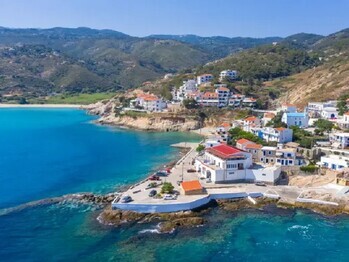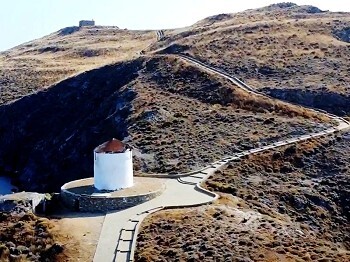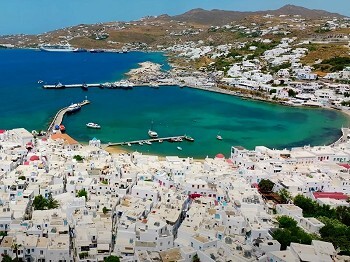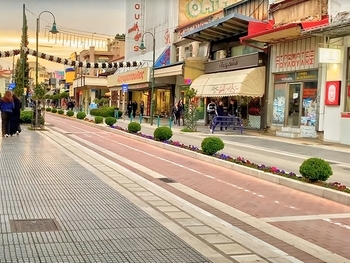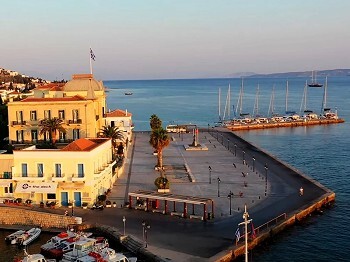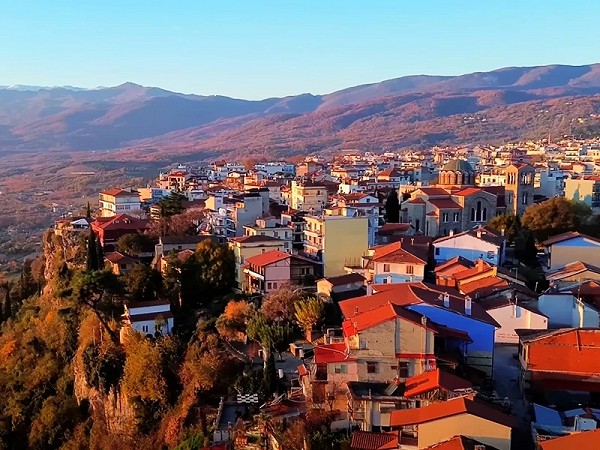
Edessa, a picturesque city in northern Greece, is a treasure trove of historical and cultural marvels waiting to be explored. From ancient Ruins to Byzantine churches, this charming city offers an abundance of historical sites that captivate the imagination and transport visitors back in time. Whether you’re a history enthusiast or a casual traveler, Edessa’s rich Heritage and architectural splendor will undoubtedly leave a lasting impression. In this guide, we’ll delve into the must-visit historical sites in Edessa, each with its unique story and Significance.
We suggest for your stay:
Still Looking for the Perfect Stay?
1. The Ancient City of Edessa: Exploring the Ruins
The ancient city of Edessa, known as one of the most significant urban centers of Macedon, boasts a fascinating history that Dates back to the 4th century BC. Walking through the Ruins, you'll encounter remnants of ancient streets, city walls, and public buildings that offer a glimpse into the past. Highlights include the well-preserved Theater and the Remains of the old aqueduct system, which once provided Water to the city's inhabitants. The archaeological site is an ideal starting point for anyone looking to understand the Historical significance of Edessa.
2. The Byzantine Church of the Panagia: A Testament to Architectural Beauty
The Byzantine Church of the Panagia is a stunning example of Byzantine Architecture and religious art. Dating back to the 11th century, this church features intricate mosaics, beautifully preserved Frescoes, and an impressive marble altar. The church's serene Atmosphere and Historical significance make it a must-visit for those interested in early Christian art and Architecture. The church's location on a hill also provides panoramic Views of the surrounding area, enhancing the overall Experience.

3. The Waterfalls of Edessa: Natural Wonders with Historical Context
Edessa is renowned for its breathtaking Waterfalls, which have played an essential role in the city’s history and development. The largest and most famous of these Waterfalls, the Edessa Waterfall, cascades dramatically over a rocky cliff, creating a stunning natural spectacle. Historically, the waterfall was crucial for the city's Water supply and played a role in the local economy. Visitors can enjoy a leisurely walk along the waterfall’s scenic paths and explore the nearby historical mills that once harnessed the water's power.
4. The Ancient Theater of Edessa: A Glimpse into Ancient Entertainment
The Ancient Theater of Edessa, with its well-preserved Ruins, offers a fascinating insight into the entertainment practices of ancient Macedonians. Originally built during the Hellenistic period, this Theater could accommodate several thousand spectators and hosted various Performances, including dramas and musical events. The theater’s structure, including its seating arrangements and stage area, provides a clear understanding of ancient theatrical Architecture and the cultural life of the time.

5. The Edessa Archaeological Museum: Preserving the Past
For a comprehensive overview of Edessa’s historical and cultural Heritage, the Edessa Archaeological Museum is a must-visit. The museum houses a diverse Collection of Artifacts, including Pottery, Sculptures, and inscriptions from various historical periods. Highlights include the impressive Collection of ancient coins and a series of well-preserved statues that offer insights into the artistic achievements of the region. The museum’s Exhibits are thoughtfully curated to provide visitors with a deeper understanding of Edessa’s rich history.
6. The Monastery of Saint Nicholas: A Spiritual and Historical Haven
The Monastery of Saint Nicholas, located a short drive from Edessa, is a significant religious site with a history that spans several centuries. Founded in the 9th century, the Monastery has been a center of spiritual life and scholarship throughout its history. The Monastery complex includes a beautiful church, a library, and monks' quarters, all set against a backdrop of stunning natural Scenery. Visitors can explore the monastery’s historical Artifacts, admire its architectural features, and enjoy the peaceful Atmosphere.
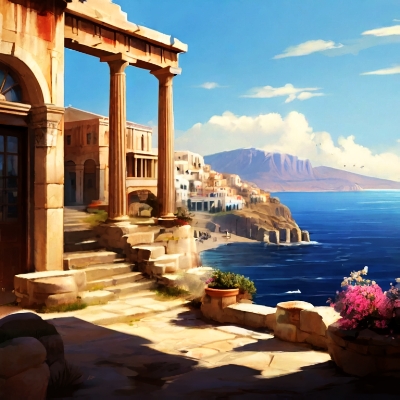
7. The Old Ottoman Bridge: A Symbol of Edessa’s Multicultural Past
The Old Ottoman Bridge, spanning the Edessa River, is an iconic structure that reflects the city’s diverse cultural influences. Built during the Ottoman period, this bridge served as a vital transportation link and a symbol of the city’s historical connections with the Ottoman Empire. The bridge’s unique architectural style, characterized by its arched design and stonework, offers a glimpse into the city’s multicultural Heritage. A walk across the bridge provides a sense of the Historical significance of this important landmark.
8. The Karanos Tower: A Medieval Fortress Overlooking the City
The Karanos Tower, a medieval fortress overlooking Edessa, offers breathtaking Views of the surrounding landscape and a glimpse into the city’s defensive history. Originally built as part of the city’s fortifications, the tower played a crucial role in protecting Edessa from invaders. Today, visitors can explore the remnants of the fortress walls and climb to the top of the tower for panoramic Views of the city and its surroundings. The Karanos Tower’s Historical significance and scenic location make it a noteworthy site for any history enthusiast.
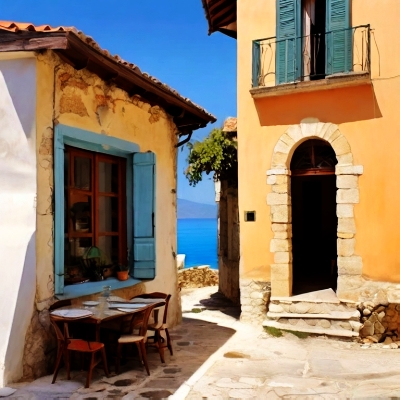
9. The Roman Bathhouse: Relics of Ancient Public Life
The Roman Bathhouse, located near the city center, provides fascinating insights into the social and cultural practices of ancient Edessa. This well-preserved bathhouse, dating back to the Roman period, includes a series of rooms used for bathing, Relaxation, and socializing. The architectural layout, including the hypocaust heating system and mosaic floors, offers a glimpse into the daily life and Amenities enjoyed by the city’s inhabitants. Exploring the bathhouse allows visitors to appreciate the sophistication of ancient Roman engineering and public facilities.
10. The Old City Walls: Traces of Edessa’s Historical Defenses
The remnants of the Old City Walls, which once encircled Edessa, are a testament to the city’s Historical significance as a fortified settlement. These ancient walls, constructed during various historical periods, provided protection against invasions and played a crucial role in the city’s defense strategy. Walking along the walls and exploring the remaining gates and towers offers a sense of the city’s historical fortifications and their impact on Edessa’s development.

Conclusion
Edessa, with its rich tapestry of historical sites and cultural Landmarks, offers a captivating journey through the ages. From ancient Ruins and Byzantine churches to natural wonders and medieval fortresses, the city provides a diverse array of experiences for history buffs and casual travelers alike. Each site tells a unique story and contributes to the broader narrative of Edessa’s fascinating past. Whether you're exploring The ancient theater, admiring Byzantine art, or enjoying the stunning Waterfalls, Edessa’s historical treasures promise an unforgettable Exploration of Greece’s Heritage.
Plan your visit to Edessa today and embark on a journey through time that will leave you inspired and amazed by the city’s historical grandeur.

